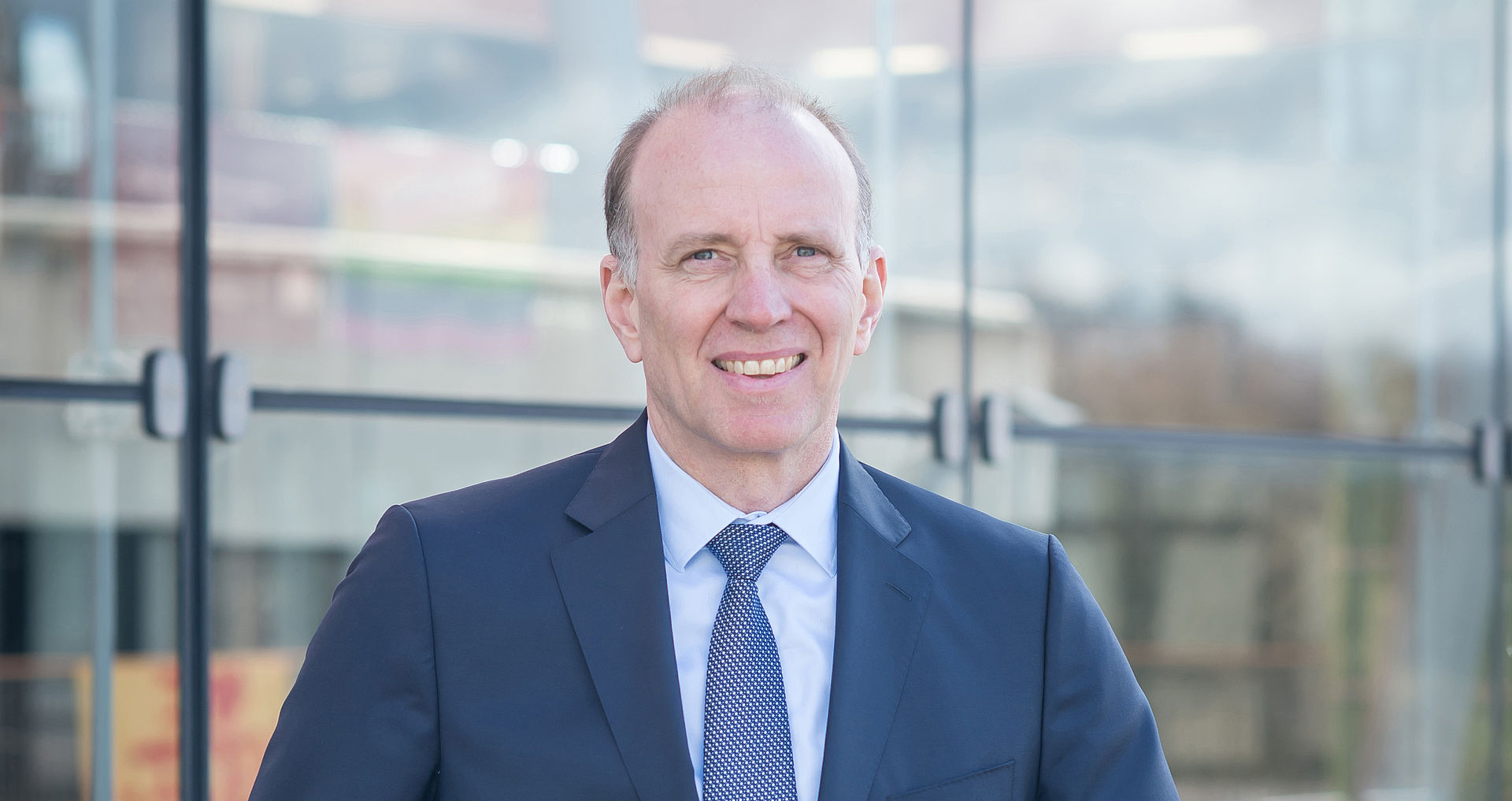July 2, 2020. For several decades, climate change has been causing severe interference in our environment: the weather is changing, glaciers and ice at the poles are melting and natural disasters are on the increase. With the latest technology of satellite-based Earth observation, these changes can now be precisely measured and tracked. This enables scientists to better assess the consequences and thus provide policymakers with recommendations for countermeasures. This is particularly important for major political projects such as the European Union's "European Green Deal" project, which aims to eliminate the production of greenhouse gases by 2050. In short: Europe wants to become climate neutral by then.
Copernicus: Satellites as climate monitors
A very important pillar of this strategy is the European Earth observation mission "Copernicus", the EU's second major satellite-based space programme alongside the Galileo navigation system. The satellites in this project are called "Sentinels", a fitting name in my view. Since 2014, seven of these "Sentinels" have been in space, watching over the state of the environment, the climate and the atmosphere. And in the coming years, more of these "Sentinels" will be sent into space as part of the "Sentinel Expansion" mission. The Industrial Policy Committee IPC of the European Space Agency ESA has now awarded the next six Copernicus missions. I am very pleased that OHB is able to make a significant contribution to this program in various projects.
Europe is serious about climate protection
I am particularly proud of the task of implementing the CO2M mission as the leading contractor. After all, the question of how the proportion of carbon dioxide in the atmosphere will develop over the coming decades will also determine the fate of the global climate. CO2M is intended to make it possible to detect regions with high carbon dioxide emissions and, in general, to monitor the agreements of the Paris Climate Convention. The commitment to Copernicus is for me also proof that Europe is really serious about climate protection. The Green Deal now not only provides concrete targets with a specific date, but the investments in the Sentinel family also give the EU the necessary instruments to demonstrate comprehensively and transparently how far it has come along the way.
However, Copernicus does not only serve to better pursue climate targets. It also helps to better understand changes in soils and oceans, which is of benefit to agriculture, which can derive information on fertility through, for example, hyperspectral analysis of fields. This, in turn, can help to increase yields by enabling the precise use of irrigation or fertilisers. The observation of forests and meadows provides a comprehensive picture of the situation for forestry as well as the diversity of life in nature. The data on wind speed and solar radiation also provides the energy industry with important information for the generation of electricity from renewable energy sources. Soil analyses using hyperspectral technology provide information on where new sources of raw materials are located. The great potential is mainly due to the fact that Copernicus links satellite-based Earth observation instruments with data sources on the ground, on water and in the air (for example carried by aircraft).
Knowledge can only be gained through unbiased observation
Earth observation missions - whether they are used for military reconnaissance, coastal monitoring or to monitor changes in methane gases in the air - always have one thing in common: they allow an unbiased view from above. When mankind looks down on the planet from a great height with Earth observation satellites, it gets clear facts. Our culture is ultimately based on knowledge, on empiricism. We admit to ourselves that we do not know everything, that observation brings further knowledge and that this knowledge may then possibly change behaviour. With the latest technology of satellite-based Earth observation, these changes can now be measured and tracked precisely.
In this case, the deeper meaning of space technology is that it can make it possible to observe changes on the planet over a wider area. From this it can derive great authority. After all, in the end it is always a matter of making forecasts or theories credible. To do this, you have to observe and collect facts. This is definitely true for the environment and climate.
Space has a key role in climate protection
For this reason, global climate protection is no longer conceivable without technical assistance from space. The space industry plays a key role here. After all, it is also a matter of measuring whether climate protection analyses have the desired effect. According to an ESA survey, more than 50 percent of the important climate variables can only be measured by space technologies. It is hard to imagine how many sensors would be needed to obtain all this data at measuring points on Earth. The observation from orbit is therefore also a very reliable data basis for political decisions.
However, I am also generally convinced that environmental monitoring will acquire a permanence and complexity that will clearly distinguish it from all other areas. The environment, including weather and climate, will become enormously important in the long term. Environmental monitoring from space will take on a scale that we cannot even imagine at the moment. I can imagine that in the future we may well be talking about sensors which will need dedicated satellite constellations.
In this sense, I am also very pleased that we at OHB will be able to contribute to protecting and preserving the Earth in the long term via our expertise in Earth observation technology and the future Copernicus missions. After all, the space industry as a whole claims to be doing good for the Earth. For the monitoring of the environment, of course, we also claim that the Earth is to be preserved. The ideal situation for the space industry is indeed permanent monitoring of the Earth in terms of the environment, climate and security. Because this monitoring then forms part of the global infrastructure; it then represents a kind of knowledge infrastructure that provides data around the clock. And in this way it makes a major contribution to providing science with the data it needs to point out undesirable developments in good time, and it also gives politicians a better basis for making the right decisions.
Personal details:
Born in 1962, Marco Fuchs studied law in Berlin, Hamburg and New York. He worked as an attorney in New York and Frankfurt am Main from 1992 to 1995. In 1995, he joined OHB, the company that his parents had built up. He has been Chief Executive Officer of OHB SE since 2000 and of OHB System AG since 2011. Marco Fuchs is married and has two children.


